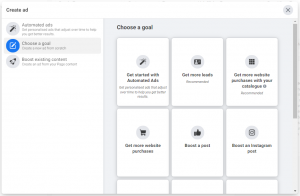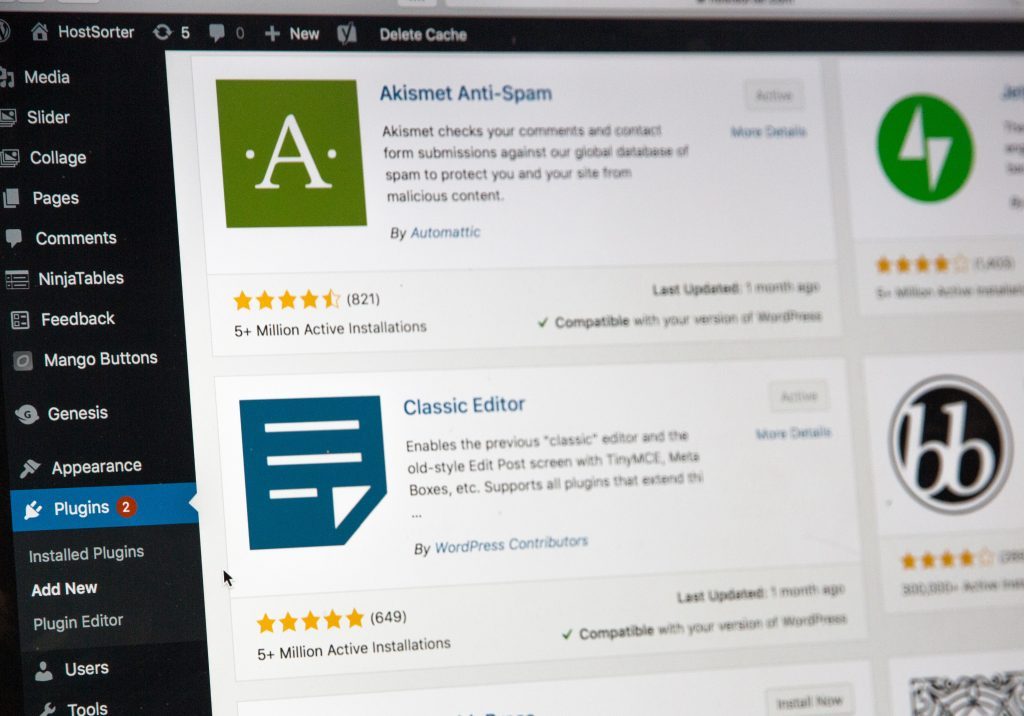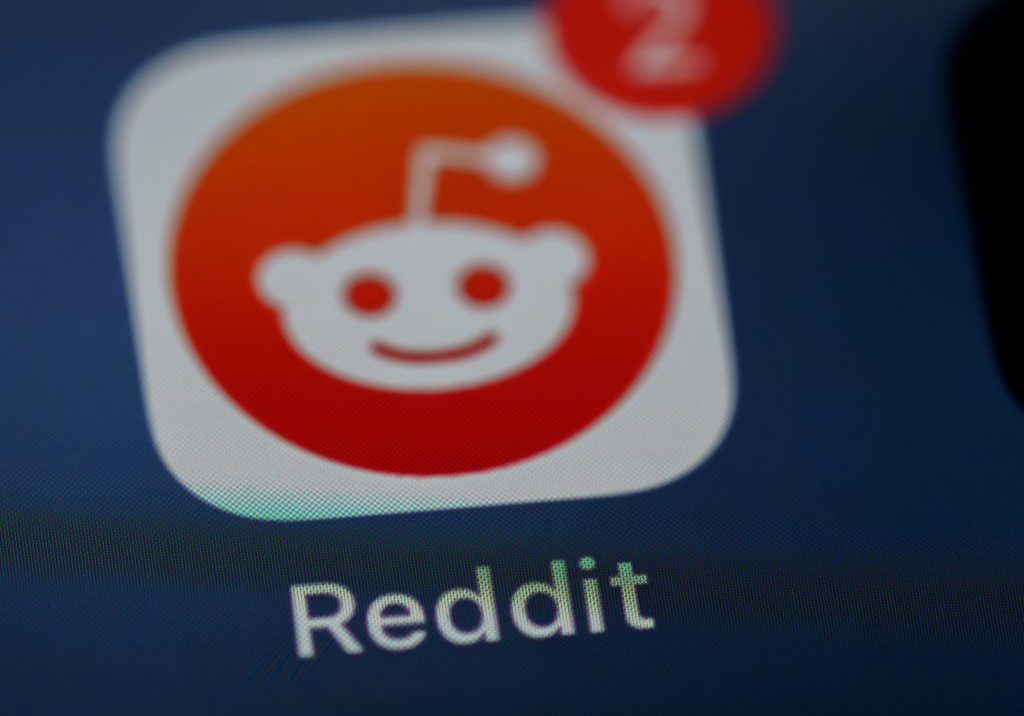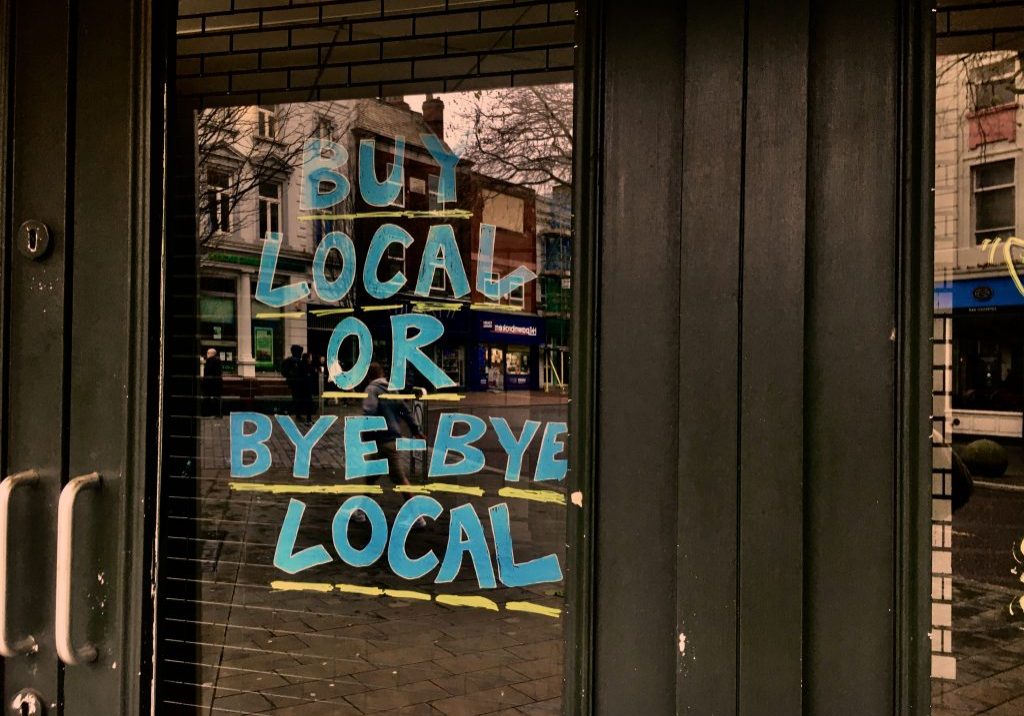Facebook Advertising and Instagram Ads Can Both Be Killer Channels In Your Digital Marketing Strategy, But Which One Is Best For Your Business?
If you need to reach a big audience, quickly and cost effectively, Facebook and Instagram are both brilliant options. The two social media giants, owned by Zuckerberg’s newly formed Meta, offer outstanding targeting options and pretty robust optimisation and monitoring. In a lot of cases you can even run the same ad simultaneously on both platforms, which begs the question? How are they different?
Trust us, they are. Advertising on both, with the same ad will always deliver contrasting results, where one ad can take off, the other will seriously under deliver. Why? Well, despite the two being similar in (advertising) interface, they’re fundamentally different in key areas: audience, ad-types, content and goals. Understanding the differences, including strengths, can help your business pin-point the best options to support your digital marketing strategy.
If you’re thinking about Facebook Advertising or advertising on Instagram, but you’re scratching your head trying to figure out which is best for your business, read on, we’re taking a look at the two major players in social media advertising, which should help you decide…
The Benefits Of Facebook & Instagram Advertising (At A Glance) | Video
The Benefits Of Facebook & Instagram Advertising (At A Glance)
Before we jump into the details, let’s take a look at the benefits of both Facebook and Instagram advertising at a glance, which, we’ve got to say, there are plenty; no matter what you’re trying to achieve.
Benefits Of Facebook & Instagram Advertising
- A Massive Audience
- Advertising to B2B & B2C
- Entire Funnel Targeting
- Audience Clarity
- Refined Targeting
- Competitor Targeting
- Advertising Formats
- Ad Measurement
Useability
Instagram and Facebook are now part of the newly formed ‘Metaverse’, a friendly way of saying they’re both owned by the same company (originally Facebook) in an ever-expanding Social Media monopoly. Whether you agree with that or not, it does have some implications for the advertiser; you.
Already, both platforms share the same advertising set-up platform and interface, which means if you’re already comfortable with Facebook Advertising, you’ll find Instagram Advertising a breeze. Whilst the original Facebook Business Suite was a little cumbersome and difficult to use, the latest offering is fairly straight forward and user friendly. We’re getting the impression that Meta is really tackling the difficulty of running ads, making the whole process easier, therefore, more accessible too.
The newly branded Meta For Business let’s users create advertising in a number of ways (which we’re exploring below), including by goal, by business type and platform.
Can I Advertise on Instagram Without Facebook?
As of 2020 you can run Instagram ads without the need for a connected Facebook account. However, this limits your options, as you’ll not be able to manage ads through the Facebook advertising platform. What’s more, anyone that’s already tried ads on Instagram will, more than likely, have already connected their accounts.
Audiences
Your digital marketing is nothing if it doesn’t speak to the right people, which is why it’s important to understand Instagram and Facebook’s audiences before you pull the trigger running ads. The good news is, no matter who you’re trying to target, the two social media platforms are so big, they probably have your audience covered. That said, there are some key differences, with Instagram’s audience tending to be younger. Let’s take a look at the typical users of both:

As you can see, both platforms have active users across all age ranges, from 13-65+ and both have a predominantly ‘young’ audience; between 18-34. However, closer inspection suggests that Instagram is the go-to platform if you’re marketing a younger, Millennial product or service, as it’s key user base falls within the 18-24 age range.
Is that the whole story though? Not quite. To fully understand Facebook and Instagram’s advertising prowess it’s also worth factoring in overall user count. Facebook, the biggest social platform by far, currently has 2.9Billion active users, whilst Insta trails, with almost half; 1.4Billion.
So how does that affect the data? Well, we’ll keep it simple; thanks to the vast number of users Facebook has, it doesn’t really matter which demographic you’re targeting; Facebook will have the biggest number of users to advertise too.
What About Gender?
Both platforms have a relatively even split when it comes to males and females, with Instagram’s split being 51.6/48.4% and Facebook’s being 56.5/43.5%
Key Takeaway: Unless your budget is in the £millions, there’s not much differentiation in audiences between Facebook Advertising and Instagram. Both are good options for most SME’s targeting younger audiences, with Facebook being the preferred platform for those wishing to target older markets.
Ad-Types
As both platforms are owned by Meta their offering is becoming increasingly homogenised, however, there’s still enough differences (as of 2021) to maximise conversions, depending upon your goal, using one or the other. Here’s the ad-types, suggested by Meta, that are applicable to both platforms:
- Photo: Showcase your product, service or brand using a single image, which can be placed in a number of key locations on both platforms; including in News Feeds and Stories. There are a number of objectives available (which Meta suggest, although, you’re free to ignore them and choose your own) with some preset calls to action (CTA’s).
Using the Photo ad-type allows for linking, which can include an external website, useful for driving site traffic in awareness campaigns. Or, alternatively, promote messaging within the platform itself, ideal for engagement, direct response and pushing conversions. The CTA is key here, with options including everything from ‘Learn More’ and ‘Shop Now’ to ‘Get Quote’ and ‘Send Message’. - Carousel: Carousel ads allow up to 10 images or videos in a single post, which users can scroll or click through. Again, there are options for linking within carousel ads too; this time though, each image can, technically, have it’s own link, which is super-enticing if you’re looking to maximise engagement.
- Video: Video can be placed in a number of locations, on both platforms, including News Feed, Stories and (in the case of Instagram) IGTV. Video, if your content can stretch to it, is a great way to increase engagement. What’s more, in stream advertising (where your video is sandwiched between another) provides low-cost, high reach opportunities.
- Collection: Collection ads are perfect for eCommerce owners looking to showcase their products on social media, allowing users to explore a range with an ‘Instant Experience’.
- Instant Experience: Instant Experiences are essentially landing pages delivered entirely on Facebook or Instagram. If done right, you should think of them as ultra-focussed microsites, delivering all the key product or service information your audience needs to convert.
- Lead & Instant Forms: One of our favourites, ideal for the final steps in your sales funnel, turning viewers into buyers, Instant Forms and Lead Generation ads (available on both platforms) ask users to hand over some information, in exchange for gated content, such as signing up to your exclusive course, or learning more about a specific product or service. The key to Lead Generation & Form Ads is to have a killer offering, something which users can’t ignore; meaning they’ll be more than happy to give you their contact details.
Which Ad-Type Works Best On Each Platform?
As a general rule of thumb, content or ads that are word heavy tend to perform better on Facebook, whilst strong imagery shines on Instagram.
Users on Facebook are more inclined to share content (probably because it’s actually possible, unlike on Instagram), so insightful articles, blog posts and landing pages can do well. Instagram users on the other hand, are all about quick consumption, so you’ll need to capture imagination quickly, compelling users to engage.
Key Takeaway: No matter which platform you choose to advertise on, you’ll definitely need at least one solid image; whether that’s the main element or supporting your copy.
Copywriting, whilst an important aspect of any campaign, requires a little more finesse on Facebook, where it can often take the lead. With this in mind, you need to realistically appraise your copywriting skills to determine which platform is right for you. That said, we urge you to polish your call to action, no matter what.
Basically; good at writing= Facebook, good at pictures= Instagram, good at both? Perfect.
Steer clear of video ads and IGTV if your content department aren’t up to the job, poorly constructed video will do more harm than good. Sure, it might be the shiny new kid on the block, but spreading your business too thin and trying your hand at ad-types that don’t match your business will come across as cheap and inauthentic, which will most likely be reflected in your campaign performance.
Goals
Shouldn’t all advertising campaigns start with goals in mind? Well, in truth, yes, something which Meta have tried to tap into, making it easier for digital marketers to achieve, using either platform. Let’s apply some old school marketing theory; the AIDA principle to identify where each ad-type (and, by proxy, goals) and platform sits in the grand scheme of your digital marketing strategy;
- Awareness: Facebook and Instagram (as with most Paid Social) are both solid options for high volume reach campaigns; aka Brand Awareness. With this in mind, you’ll find success on either, by promoting your profile, widening the reach of existing posts (such as photos or videos) or promoting individual images to get eyes on your business.

Facebook let’s users focus on goals from the get go. - Interest: Generally, we prefer Facebook for the interest phase as it’s more versatile in terms of content you can use. In most strategies, we would create research based content (where audiences can find out more) such as blogs, case studies or infographics. Instagram can work in the interest phase, if you pay close attention to creating an opportunity for audiences to explore, entirely within the platform, such as using Instant Experiences or Carousels.
- Desire: Really showcasing your products or services helps build desire, which is why we’re championing more Instant Experiences, Collections and Carousels. Alternatively, driving traffic to tailored landing pages can work at this stage, as long as the user experience is coherent from social to website.
If you do prefer the landing page route (which we often choose for service based businesses), ads on Facebook will probably work best; giving you more freedom to write convincing copy. - Action: Realistically, conversions happen on your website, so you’ll need to focus on driving traffic there, using any ad with external links (which, you’ve guessed it, are available on both).
As we’ve discussed previously, lead generation also works well at the action stage, which can happen on both Instagram and Facebook, asking for key details that your sales team can follow up on, using social ads to create warm leads. In our opinion though, these tend to work best on Facebook, where users tend to be happier to start typing (and filling in your form).
Key Takeaway: Both platforms provide opportunities to advertise at every stage of the traditional AIDA funnel. However, depending upon your business, you may find more success on one or the other.
When it comes to the business end of your marketing strategy, creating desire and compelling users to take action, there’s far more opportunity to be had on Facebook, regardless of your products or services. In reality, you’ll probably want to test a mixture of the two, weighting your budget depending upon your ad content.
So Which Is Best For Business, Facebook Or Instagram Advertising?
If you’ve read this entire article you’ll probably know where we’re going with this one; it depends entirely on your business! Sorry.
Let’s try and clear things up a little; unless you’re operating in a super niche industry, we’re gonna go out on a limb and say that your strategy should incorporate the two. Instead of approaching your advertising from a ‘platform first’ viewpoint, think about your goals, your ideal customer and how they’d get from not knowing you exist, to wanting to part with their hard earned cash, whether that’s signing up to your new training course, booking their first lesson with you or buying your products online.
Whilst we’ve explored the AIDA principle here (a staple in most entry level marketing strategies), which helps understand the path to a conversion, there are plenty of other, equally feasible models you can use to understand your customer. Meta, for instance, uses a three step model that incorporates; Awareness, Consideration and Conversion. Our team tend to use a wider reaching model, which covers five steps, with the same objective; understanding what your customer needs to transition from viewer to buyer.
Our advice is to take one of these principles (models, whatever you want to call them), grab a pen and paper and map out your ideal customer. Literally, everything, from how they use their phone, to what other stuff they might be looking at, you might even need to know what they’re reading on the toilet! When you have this information nailed down, only then can you determine which ad-types to use and where, let alone what the content is going to be.
Remember, you might have multiple customer types, with different behaviours and means of consuming content (and ads), which means you should end up with multiple purchasing journeys too; all designed to inform your platform and ad-type.
Using Instagram & Facebook Together
Now that you’ve (hopefully) understood that platform isn’t necessarily the key decision in most marketing strategies, you’ll be able to take a wider reaching approach, that maximises conversions. For instance, you may need to build brand awareness, in which case, both platforms will work, delivering cheap, high volume advertising. You’ll learn that customers can take action on either, but you’ll see more success on Instagram, or Facebook, depending upon your audience.
In truth, both platforms are brilliant for advertising these days, they’re both super targeted, cost effective and easy to optimise. Be sure to test, test and test some more and we guarantee your ads will perform, whether that’s on Instagram, Facebook, or both.
Support our blog: If you’ve enjoyed reading this, please share it with your network, let’s spread the word on Instagram and Facebook Advertising!










